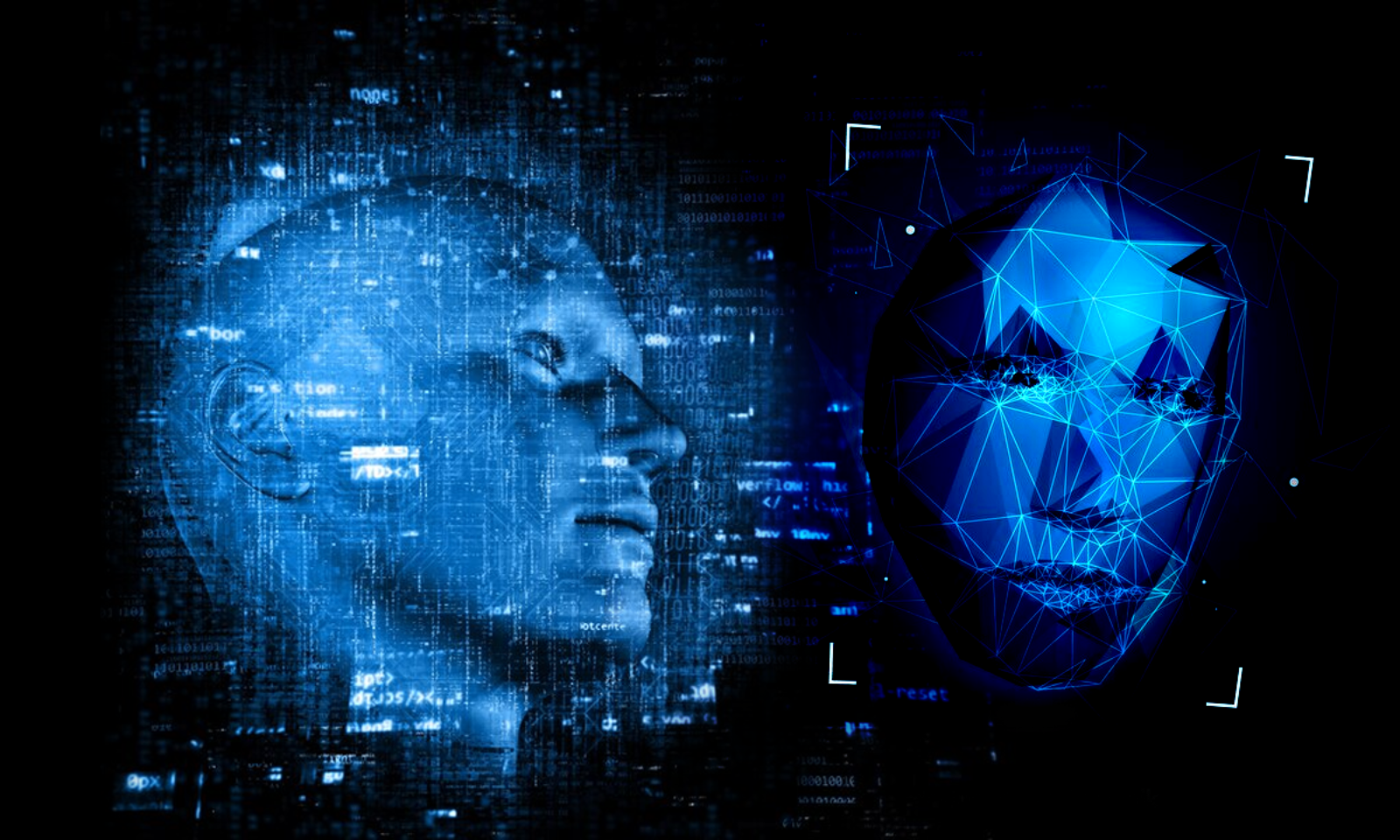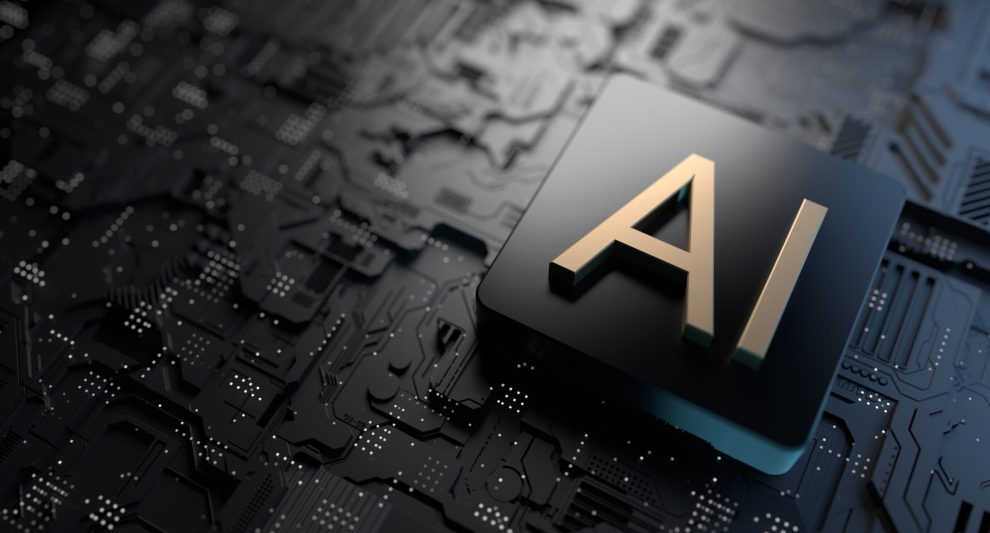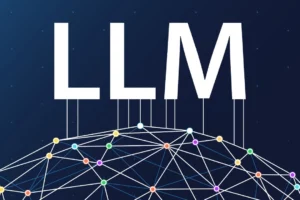In the age of instant information, where news travels at the speed of a tweet, the line between truth and fiction has become alarmingly blurry. Misinformation, often weaponized through manipulated images and deepfakes, spreads like wildfire, poisoning public discourse and eroding trust in institutions. But amidst this rising tide of deception, a beacon of hope emerges: artificial intelligence (AI).
The Rise of the Deepfake Menace

Deepfakes, hyper-realistic videos or audio recordings manipulated using AI, pose a particularly insidious threat. They can make anyone say or do anything, blurring the lines between reality and fabrication. Imagine a political candidate delivering a speech they never gave, or a celebrity endorsing a product they’ve never used. The potential for manipulation is immense, with far-reaching consequences for elections, social justice movements, and even international relations.
AI to the Rescue: Exposing the Liars
Fortunately, AI is not just the tool of the deceiver; it can also be the shield of the truth. Researchers are developing sophisticated algorithms that can analyze images and videos, identifying subtle inconsistencies and artifacts that betray the presence of manipulation. These algorithms can detect minute differences in lighting, skin texture, and eye movements, exposing deepfakes with impressive accuracy.
Beyond Deepfakes: Tackling the Broader Misinformation Landscape
While deepfakes grab headlines, the misinformation landscape is far more diverse. AI can also be used to combat other forms of deception, such as:
- Identifying fake news articles: AI algorithms can analyze the language and factual accuracy of articles, flagging those that contain misleading claims or propaganda.
- Tracking the spread of misinformation: By analyzing social media data, AI can map the networks through which misinformation spreads, allowing for targeted interventions to break the chains of disinformation.
- Verifying information: Fact-checking websites can leverage AI to automate the process of verifying claims and sources, making it faster and more efficient to debunk false information.
Challenges and the Road Ahead
Despite its promise, AI in the fight against misinformation is not without challenges. Bias in algorithms, the need for vast amounts of training data, and the ever-evolving nature of manipulative tactics are just some of the hurdles that need to be overcome. Additionally, ethical considerations regarding privacy and freedom of speech must be carefully navigated.
However, the potential rewards are too significant to ignore. By harnessing the power of AI responsibly and collaboratively, we can build a more informed and discerning society, one where truth holds sway over deception, and critical thinking becomes the antidote to misinformation.
The increasing spread of online disinformation poses a grave threat to healthy public discourse and trust in democratic institutions. According to a 2019 study published in Science, false news spreads 6 times faster on social media platforms than factual information.
Weaponized disinformation has already impacted recent political events and movements around the world — from elections to racial justice protests — with potentially long-term, detrimental consequences for democracy and society. The global spread of misinformation and so-called “fake news” shows no signs of slowing down anytime soon.
However, there is hope on the horizon in the form of artificial intelligence systems designed specifically to combat online deception and misinformation campaigns. From automated fact-checking to advanced deepfake detection, here’s how AI could stem the rising tide of disinformation, if deployed ethically and responsibly.
The Deepfake Menace
One increasingly pervasive form of online disinformation comes in the form of “deepfakes” — sophisticated AI-created or manipulated media that shows people saying or doing things they never did in real life. From forging speeches by political leaders to inserting celebrity faces onto pornography, the rise of deepfakes poses a major threat to truth and trust online.
Impactful examples to date include a deepfaked video of Facebook CEO Mark Zuckerberg that went viral in 2019, and the 2020 release of a deepfake of Tom Cruise that showcased the technology’s growing sophistication and believability.
According to cybersecurity company Deeptrace, the number of deepfake videos online doubled from 2019 to 2020, indicating the rapid proliferation of these AI-forged fakes. The potential for manipulated media to erode truth and enable new forms of fraud is immense.
AI to the Rescue
Thankfully, researchers worldwide have risen to the challenge, developing AI systems capable of detecting deepfakes and other digital manipulation with high accuracy. From analyzing subtle anomalies in facial movements to identifying inconsistencies around eyes, lighting, and reflections, cutting-edge deepfake detection tools leverage neuroscience, 3D modeling, machine learning, and more to expose AI-powered deception.
According to a 2020 study from Michigan State University, state-of-the-art deepfake detection methods are highly accurate, achieving error rates as low as 0.5% in some experiments. The most sophisticated tools also boast real-time deepfake recognition, crucial for combating viral disinformation campaigns amid today’s rapid-fire online news cycle.
Major tech platforms and organisations worldwide have already begun deploying automated deception detection solutions to counter deepfakes and other forms of manipulated media before they spread — though uptake has room for improvement. Notable examples include Microsoft’s Video Authenticator tool and Facebook’s Deepfake Detection Challenge.
Beyond Deepfakes
While deepfakes dominate headlines, AI systems are also well-suited to counter more widespread forms of online deception including fraudulent accounts, doctored images, fake reviews, false context, and fabricated or misleading news stories.
Specific capabilities of today’s disinformation-fighting AI include:
- Automated fact-checking and verification of suspicious claims
- Identifying coordinated fake accounts (aka “bots”) based on patterns of behavior
- Detecting fake product reviews
- Flagging misleading headlines and out-of-context quotations
- Tracing the origin and spread of viral disinformation using network analysis
While human oversight remains essential for full accuracy, these and related deception-fighting AI abilities hold tremendous promise to curb broader information disorder challenges at scale.
Challenges and Ethical Concerns
Despite rapid progress, AI systems for combating online deception are not foolproof, and come with their own set of ethical challenges requiring thoughtful policy and governance approaches.
On the technical front, issues like dataset limitations, model bias, and the potential for manipulation “arms races” between deception creators and detectors highlight areas for improvement as the technology evolves.
Broader policy concerns around AI disinformation solutions center on privacy, censorship, accountability, fairness and more. Guidelines are required so that deception-fighting tools themselves do not overreach or cause unintended harm.
Multi-stakeholder collaborations involving technologists, civil society groups, academics, journalists and platforms will be key to ensure disinformation-combating AI gets deployed ethically and for social good — not manipulation or suppression of dissent.
The Future of Truth
Responsibly designed and implemented AI systems can significantly curb today’s rising tide of online deception which threatens truth, trust and democracy globally. Technological countermeasures alone are insufficient, but offer immense promise alongside broader societal strategies for combating disinformation.
By collaboratively harnessing deception-fighting AI while upholding civil liberties and human rights, we can work toward a future internet that lives up to its democratic ideals and enables truth to prevail over manipulation worldwide.
















Add Comment